One of the most common “side effects” of acne prone skin is hyperpigmentation. Hyperpigmentation is caused by an excess production of melanin - something that acne inflammation can cause. Here are several ways to get rid of hyperpigmentation quickly!
TYPES OF HYPERPIGMENTATION
- Melasma
- Sun spots
- Post-inflammatory hyperpigmentation
- Age spots
- Freckles
The color of these dark spots can range anywhere from red to brown and last for several weeks to several months.
Hyperpigmentation comes in different forms and they include conditions like melasma, sun spots or photoaging, post-inflammatory hyperpigmentation, age spots aka liver spots and freckles.
How Long Does It Take For Hyperpigmentation To Fade?
@banishacnescars Struggling with hyperpigmentation? #banishacnescars #scartreatment #scar #acnescars #acnescartreatment #musthave #skincare #skincareroutine #fyp @teamacne ♬ original sound - BANISH
Most hyperpigmentation will eventually fade on its own, but it can take up to 6 to 24 months for spots to fade on their own. The good news is that there are plenty of methods to treat and fade hyperpigmentation much faster.
Treatments for Hyperpigmentation Include
- Topical Skincare ingredients like Vitamin C
- Topical retinol or retinoids
- Microneedling
- Sunscreen with SPF 30 or higher
- Chemical peels
- Microdermabrasion
- Intense pulsed light
- Laser resurfacing
Products For Hyperpigmentation
Alpha Hydroxy Acids
Glycolic acid is an alpha hydroxy acid that works by exfoliating the upper layer of skin to increase skin turnover. As new undamaged skin forms to replace the top layer of skin, it improves the look of hyperpigmentation. The Banish Pumpkin Enzyme Masque contains glycolic acid to gently exfoliate skin to fade dark spots.
Other forms of AHA's include
- Lactic Acid
- Mandelic Acid
- Kojic Acid
Vitamin C
Studies shows that Vitamin C (ascorbic acid) can protect skin against photoaging when used together with sunscreen. Vitamin C has also been proven to increase collagen synthesis, and decrease collagen degradation which an important foundation of skin.
It also decreases excess melanin formation which results in reduction of skin pigmentation or hyperpigmentation.
The Banish Serum is a Vitamin C Serum that is made with L-ascorbic acid and stabilized further with Vitamin E and Ferulic Acid. This powerhouse combo has been proven to get rid of hyperpigmentation.
Other Vitamin C products include the Vitamin C Creme which may be more suitable for oily skin compared to the Banish Serum.
Keep Skin Moisturized
Keeping the skin moisturized is essential to healing hyperpigmentation. You want to keep the skin protected and hydrated and prevent irritation and inflamation so when new skin cells rise up to the surface, they are healthy.
Look for a moisturizer that contains glycerin to draw in hydration, glycerin also should not cause irritation and be suitable for all skin types. 
Sunscreen
Applying sunscreen each day can prevent future hyperpigmentation and current hyperpigmentation from darkening further.
Whenever UV exposure happens, it can stimulate skin to produce more melanin which results in the dark spots that are left after acne. UV exposure is responsible for the majority of hyperpigmentation.
Many products used to treat dark spots also cause more sun sensitivity, so if you aren't applying sunscreen daily, the rest of the skincare you are using is basically not really going to bring you results, so don't forget your daily sunscreen.
We recommend a sunscreen with at least SPF 30. Mineral based sunscreen containing zinc or titanium dioxide maybe be better for sensitive skin. “I do often recommend mineral sunscreens especially for my sensitive skin patients” - from Dermatologist Dr. Madelyn Nguyen.
Microneedling
Microneedling is a great treatment for hyperpigmentation since it's very low risk and with low downtime.
It works by creating small micro injuries on the skin which stimulate collagen products and skin turnover to reduce hyperpigmentation.
There’s a recent study conducted at the Jordan University of Science and Technology in Irbid Jordan which proves that microneedling can improve acne scarring as well as hyperpigmentation in a patient’s skin.
In-office microneedling can be done and you can also try it at home with the Banisher tool that has shorter needles.
Dermatologist Dr. Dylan Greeney states that “microneedling at home is recommended for those with shallower scars, and for those with darker skin tones who may not be candidates for laser treatments”
The Banisher 2.0 has 24k gold coated titanium bristles that stamp onto the skin instead of rolling. You can use this for reducing hyperpigmentation, but don't microneedle over skin that has active acne, or rashes.
Chemical Peels
Chemical peels can improve hyperpigmentation by removing the uppermost layer of skin to encourage new layers of skin to form.
It works by applying a chemical solution to the skin, damaging the outer layer and as skin heals, the damaged layer will eventually peel off. Chemical peels can also reduce freckles and dark patches (melasma). Stronger chemical peels can penetrate into deeper levels of the skin and should only be applied in office by professionals.
For a lighter exfoliating process, the Banish Pumpkin Enzyme Masque is a chemical exfoliating mask that can help fade hyperpigmentation when used 1-3 times a week. It's formulated with a blend of raw pumpkin, orange peel extract, glycolic acid, bilberry fruit extract and ginger root which altogether deliver renewing and radiance-boosting ingredients directly to the skin.
Retinol
Retinol can be used to treat hyperpigmentation because it increases the skin turnover to lighten hyperpigmentation. Additionally, retinol also inhibits tyrosinase which is the enzyme that causes hyperpigmentation in the first place.
Retinol can be used for all skin types but it may be irritating for people who have never used it before, so start off slow.
 Alpha Arbutin
Alpha Arbutin
Alpha arbutin, or arbutin is found naturally occuring in plants such as pomegranates. It works to lighten hyperpigmentation because it slowly releases hydroquinone into the skin to stop excess melanin.
The good news is that Alpha Arbutin is much more gentle on the skin and doesn't cause side effects that hydroquinone can cause, and you don't need a prescription to use it.
Niacinamide
Niacimamide is also know as vitamin B3. There's some evidence that using it in concentrations of 5% can lighten dark spots. The benefits would take up to 4 weeks to be visible
Start with a lower concentration if you're new to niacinamide because it may be irritating for some people.
Hydroquinone
This spot treatment is currently only available by prescription in the U.S. It is used to lighten any dark patches of skin, melasma, liver spots, age spots, and freckles. It works by stopping melanin production by blocking the conversion of tyrosine to DOPA.
In Office Treatments
Microdermabrasion
Microdermabrasion affects only the epidermis. In this procedure, the specialist will use a handheld tool with an abrasive attachment swiped across your skin to exfoliate the upper layers of skin so a new layer of skin can form.
Intense Pulsed Light Therapy ( IPL )
This treatment procedure is non ablative. IPL is also known as a photofacial and it uses heat energy to get rid of unwanted cells. Intense Pulsed Light Therapy requires multiple sessions to achieve desired results. It can treat hyperpigmentation due to sun damage as well as acne scarring, but it has quite a lot of side effects too.
Laser Resurfacing
Also known as laser peeling or skin resurfacing, laser resurfacing procedures uses targeted beams of light to reduce hyperpigmentation.
Ablative laser peeling or resurfacing is really intense as it removes a whole upper layer of skin. This encourages skin turnover and new collagen. Certain kinds of ablative laser treatments may not be right for darker skin tones.
Home Remedies For Hyperpigmentation
Here are some common home remedies for hyperpigmentation to try out if that is the route you want to go. Home remedies may provide mixed results compared to skincare products, but here are the best ones and reasons why they could work!
Common Home Remedies For Hyperpigmentation Include
- Apple Cider Vinegar
- Red Onion
- Black Tea Water
- Licorice Extract
Apple Cider Vinegar
Apple cider vinegar acts as a chemical exfoliator because it contains acetic acid which can lighten hyperpigmentation.
How to use:
1) Combine equal parts apple cider vinegar and water.
2) Apply the mixture to dark patches and leave on for 5 minutes.
3) Rinse using lukewarm water
4) Repeat every other day if skin tolerates it
Red Onion
An extract of the red onion or allium cepa is used in commercially available skin and scar lightening creams. Dried Red onions were found to reduce hyperpigmentation in a 2011 study where it isolated a compound that prevented skin from producing excess melanin.
The best way to use it is to crush up the red onion and place it into an empty tea bag filter, and place the mixture on the skin for 20 minutes. You can also apply the crushed red onion mixture like a mask.
Black Tea Extract
Similar to aloe vera, tea extract, specifically black tea is also known to have a depigmenting effect to the skin when applied. Although green tea and white tea extracts can also prevent excess melanin to help fade hyperpigmentation, black tea tended to be the most effective.
How to use:
1) Steep black tea bag in 2 oz of water for 3-5 minutes
2) Remove tea bag from water and let cool – be careful not to burn your skin
3) Rub the tea bag over the darkened areas, and use the tea concentrate as a toner in your skincare routine - store unused tea in fridge and discard within 3-4 days since the tea can go bad.
4) Repeat this twice a day until you achieve the desired result.
Licorice Extract
Licorice extract gets rid of hyperpigmentation and its benefits come from its key components’ glycyrrhizin, liquirtin, and glabridin.
Not only can licorice extract calm redness, these components also prevent hyperpigmentation. Licorice extract can be effective on melasma too. It works by both preventing melanin production, and also spreading out the grouped up clumps of melanin to reduce hyperpigmentation.
You can buy skincare products with this ingredient in it, or try using licorice root extract powder mixed in with some water until it forms a paste to apply as a face mask daily. You can also boil the roots in water to create a toner to apply daily.
How To Prevent Hyperpigmentation?
Hyperpigmentation can be prevented by using a broad spectrum sunscreen with an SPF of at least 30. Avoid overexposure to the sun at its strongest during the day (i.e. 10 am to 4 pm)
Getting to the root cause by reducing acne can help reduce hyperpigmentation - I know, much easier said than done!
To cap it off, hyperpigmentation can be treated either by increasing skin turnover, blocking skin's melanin production, and keeping skin hydrated.
My Experience Living With Hyperpigmentation
In my case, my discoloration and dark spots didn't seem to go away. Ever since my first major breakout I have had the same multiple hyperpigmentation spots on my cheek, some have slightly faded but none have faded to the point where I am comfortable leaving the house without makeup.
Unfortunately, because I have acne-prone skin, hyperpigmentation will always be a problem.
I have consulted doctor after doctor and used product after product in hope that something will help clear up my hyperpigmentation but alas nothing has worked.
Over the counter creams and higher end creams personally, have almost no effect on my hyperpigmentation. Laser treatments are, again very expensive and time-consuming. Chemical peels and skin lighteners - very time-consuming and (along with the some of the other treatments) Derma-roller procedures carried out by a dermatologist can also be too time consuming for me.
Waiting it out has never worked for me as I would get new hyperpigmentation marks from acne faster than my current ones could fade away.
This is why I am very fond of Banish's Banish Kit microneedling system. I think that offering an at home alternative that is not only less expensive but also effective is a great idea.
I know that many people will agree with me when I say having acne is a “gateway” problem, it starts off small and then gradually gets worse without proper treatments.
But once the acne is treated then marks are left behind, whether it’s hyperpigmentation, scars, or both (like in my case)!
The whole experience can be draining, but it's great that there are ways to treat hyperpigmentation especially with the Banish Kit at home microneedling system.
Conclusion
The first rule about treating pigmentation is patience. It probably took a long time to get all that sun damage, so it’s going to take you a while to get rid of it. Most products will take at least four weeks until results can be seen.
The second rule is diligence. There is no point of buying and using a bulk of skincare products and having professional treatments if you then neglect to follow up with the proper after care.
Hyperpigmentation is always just under the surface, like a beast, waiting for a chance to come back. Don’t allow it.
Have you successfully faded your hyperpigmentation? Share some of your favorite methods in the comments!
Resources:
Tyrosinase inhibitory effect of quercetin 4'-O-β-D-glucopyranoside from dried skin of red onion (Allium cepa): https://pubmed.ncbi.nlm.nih.gov/20635304/
Anti-melanogenic effects of black, green, and white tea extracts on immortalized melanocytes https://www.ncbi.nlm.nih.gov/pmc/articles/PMC4483495/
Hyperpigmentation Therapy: A Review https://www.ncbi.nlm.nih.gov/pmc/articles/PMC4142815/
Callender VD, Baldwin H, Cook-Bolden FE, Alexis AF, Stein Gold L, Guenin E. Effects of Topical Retinoids on Acne and Post-inflammatory Hyperpigmentation in Patients with Skin of Color: A Clinical Review and Implications for Practice. Am J Clin Dermatol. 2022 Jan;23(1):69-81. doi: 10.1007/s40257-021-00643-2. Epub 2021 Nov 9. PMID: 34751927; PMCID: PMC8776661.

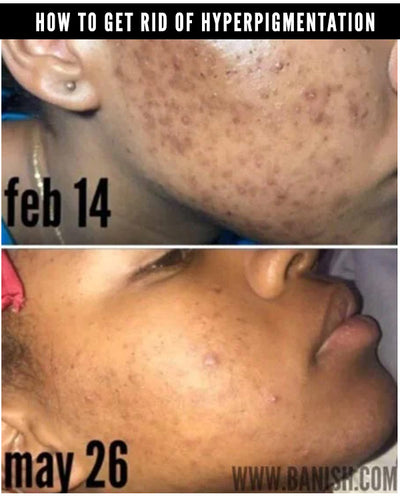


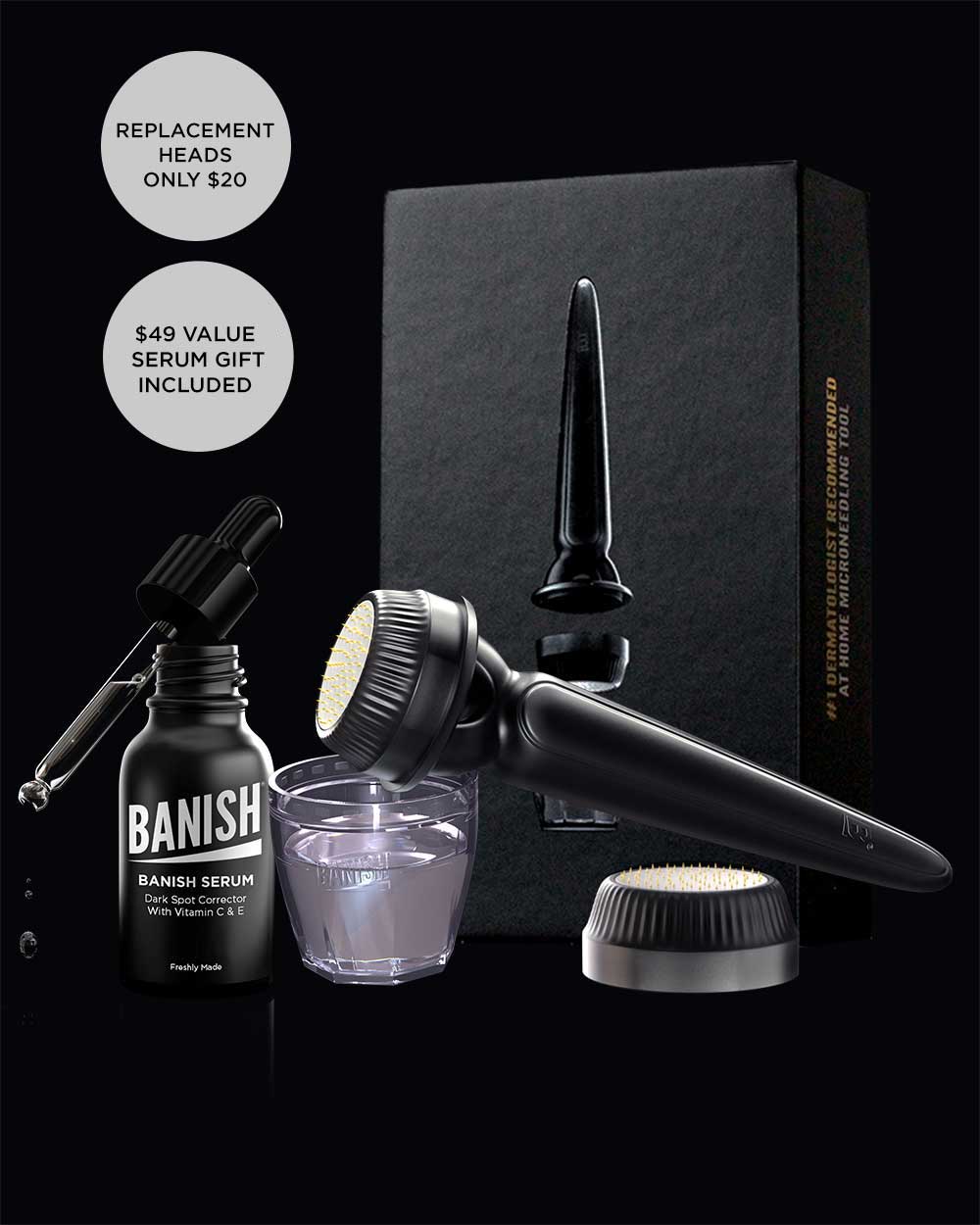



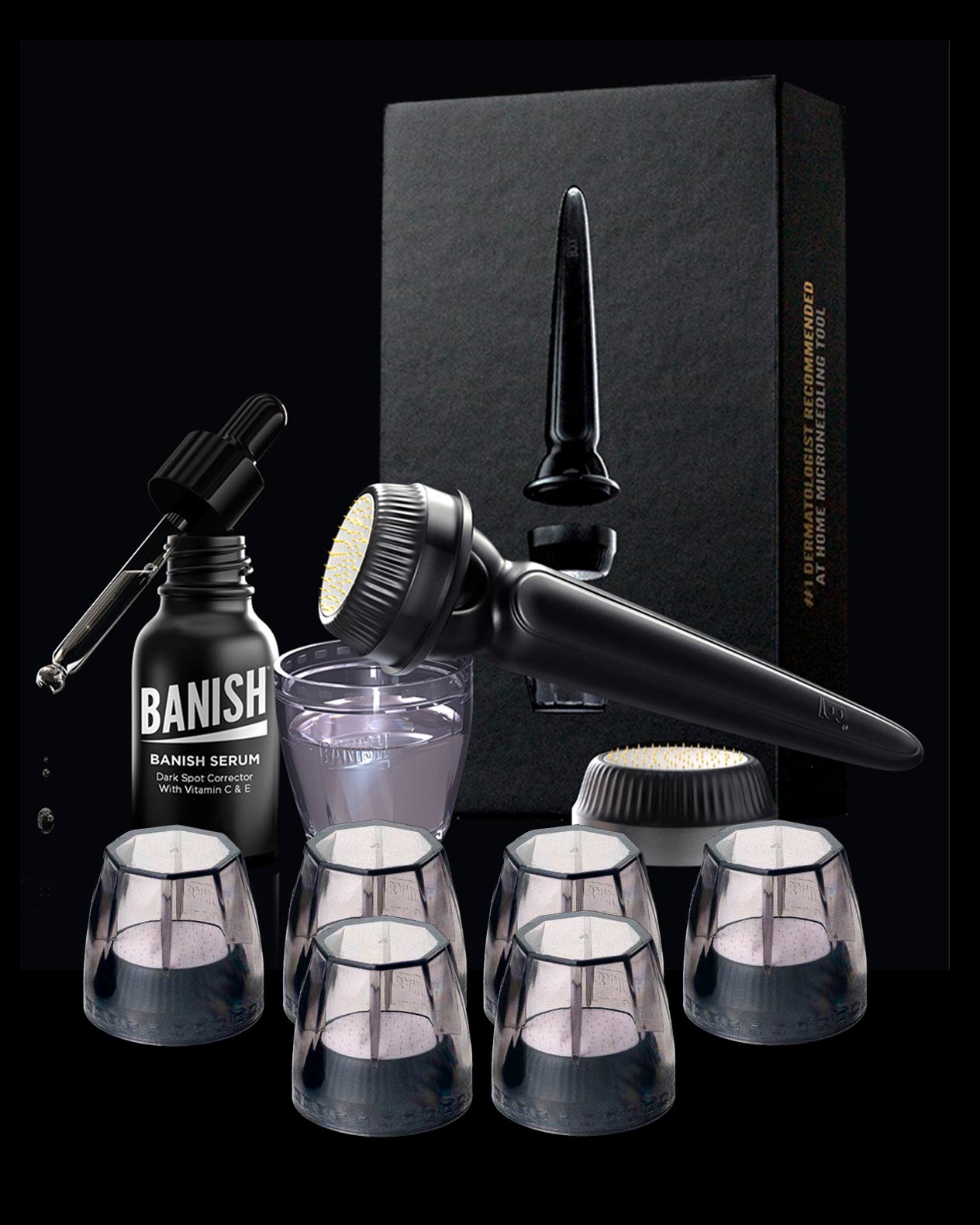
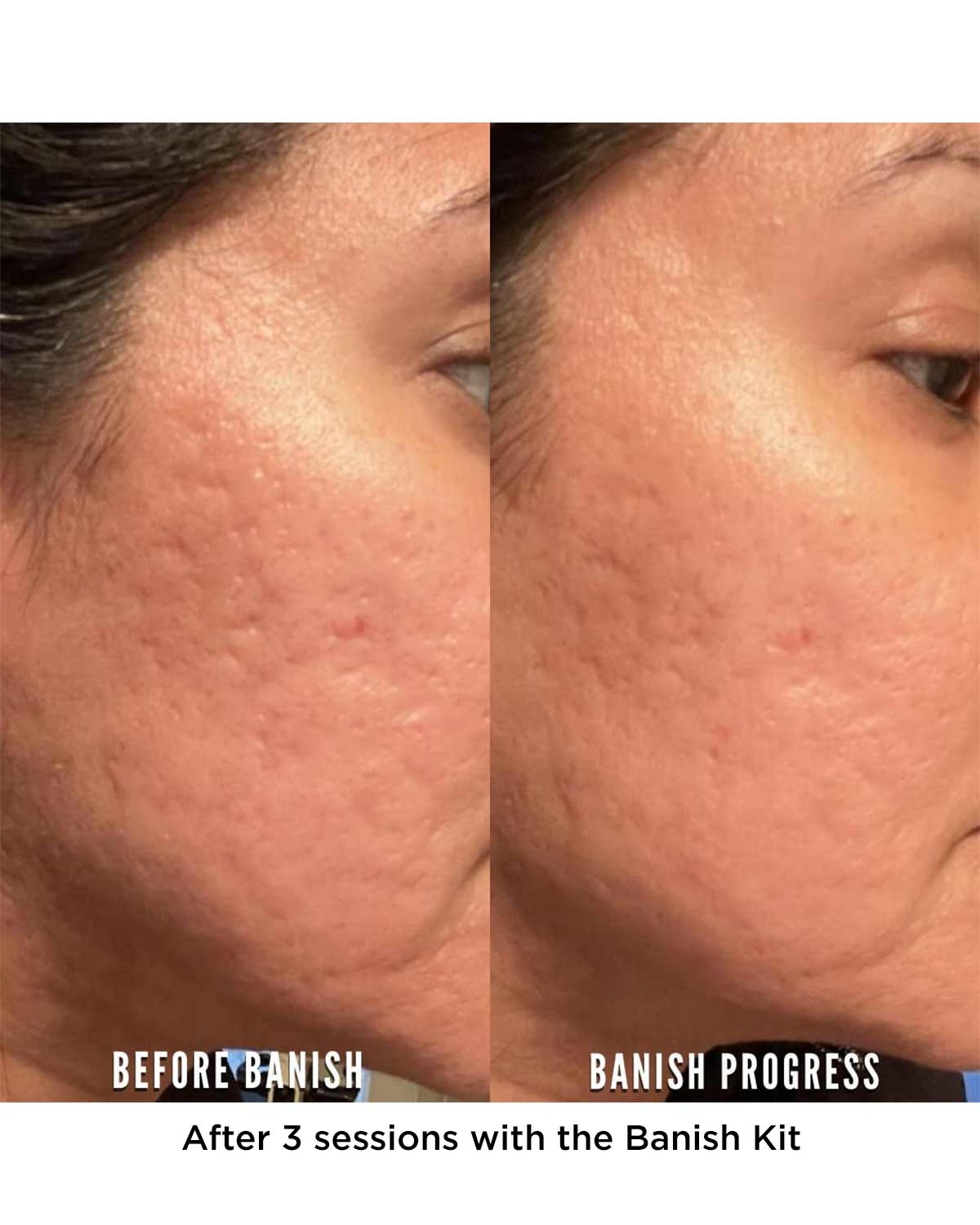


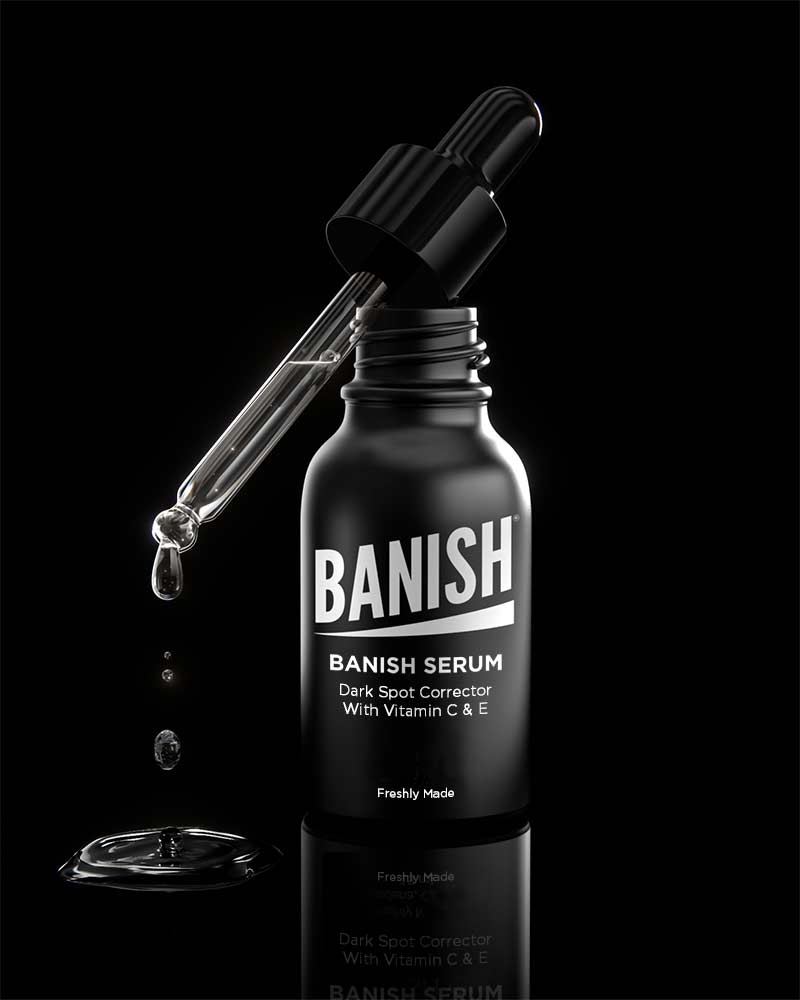

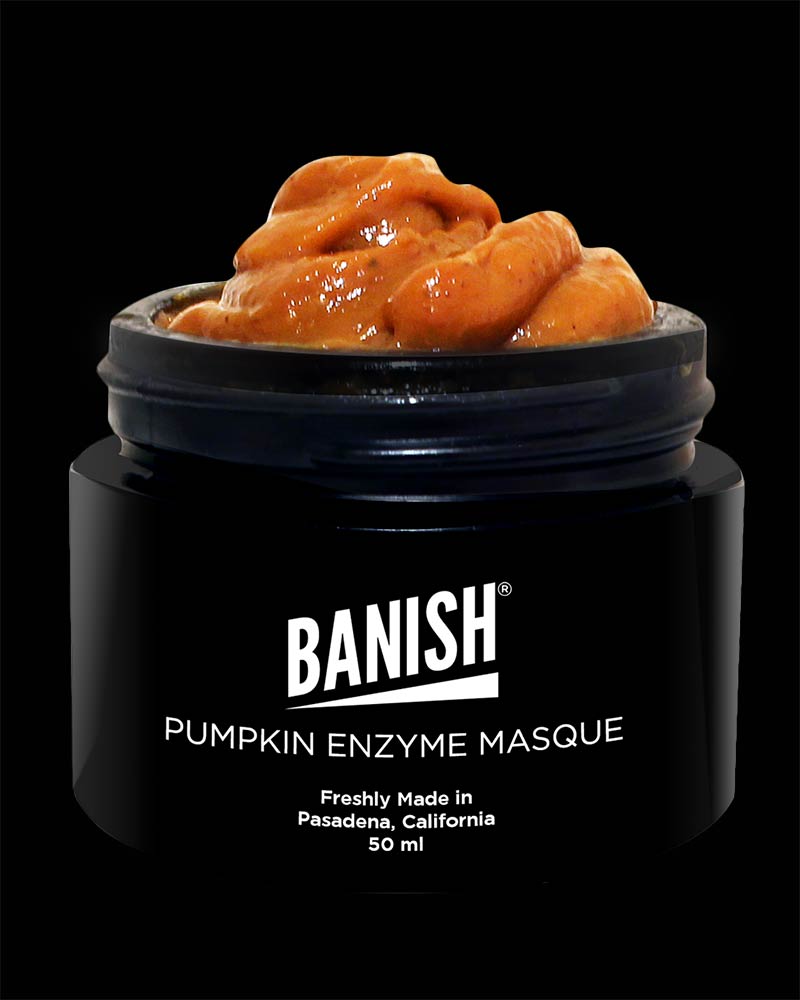
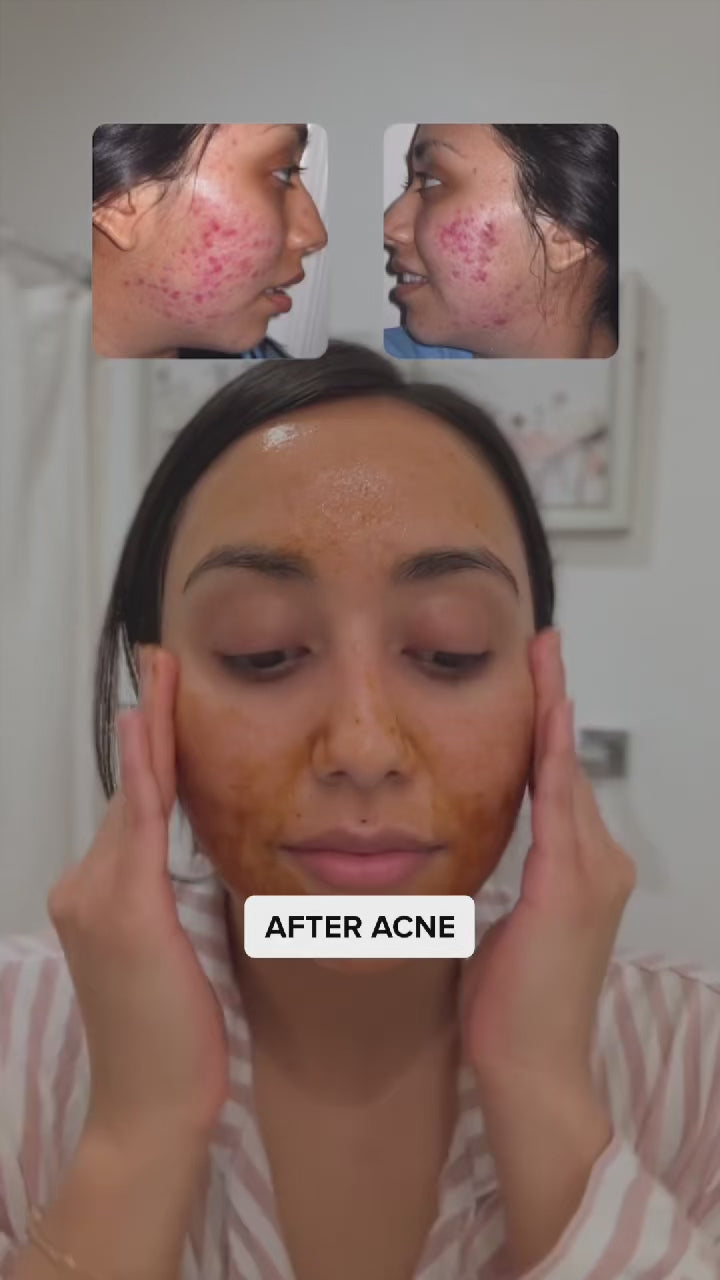






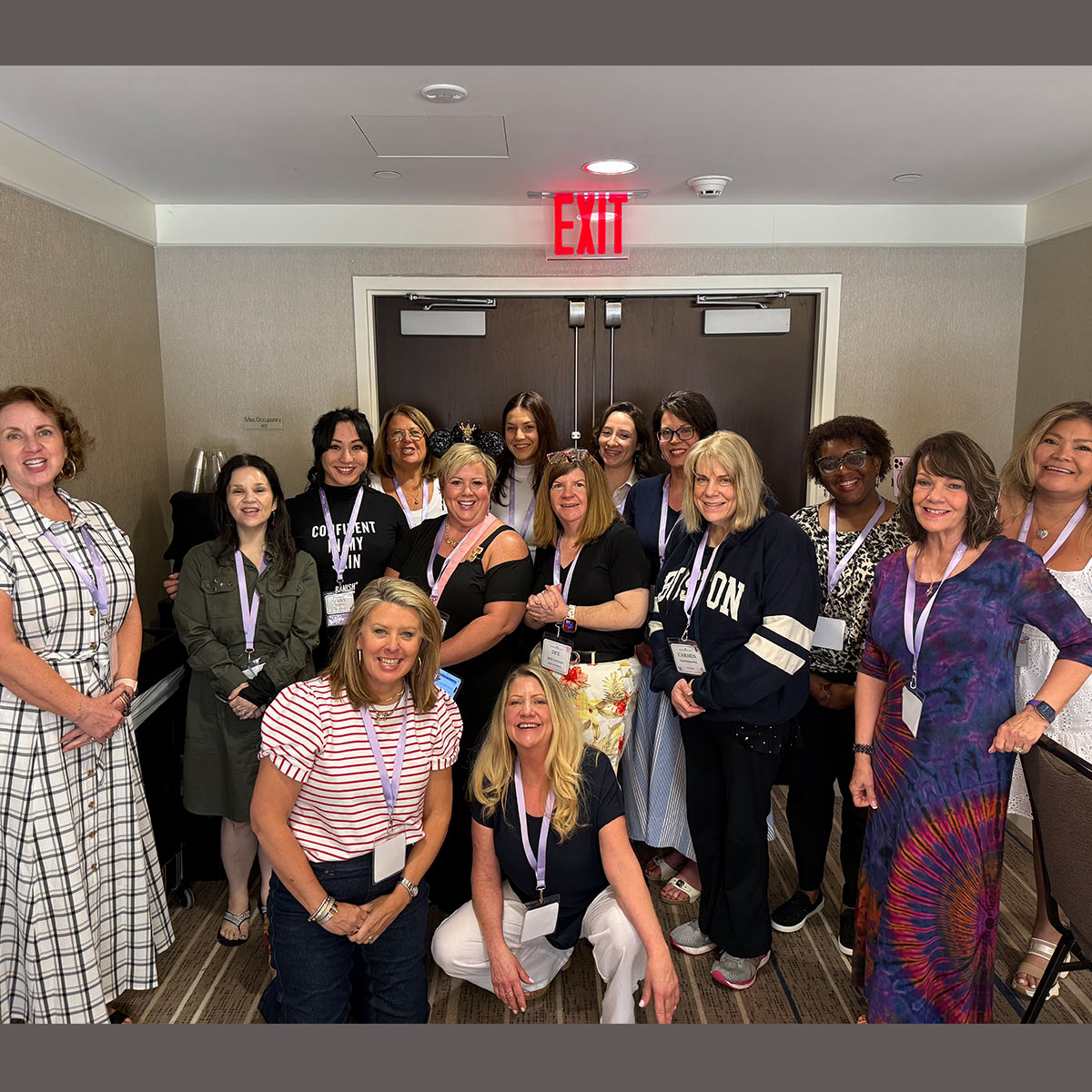


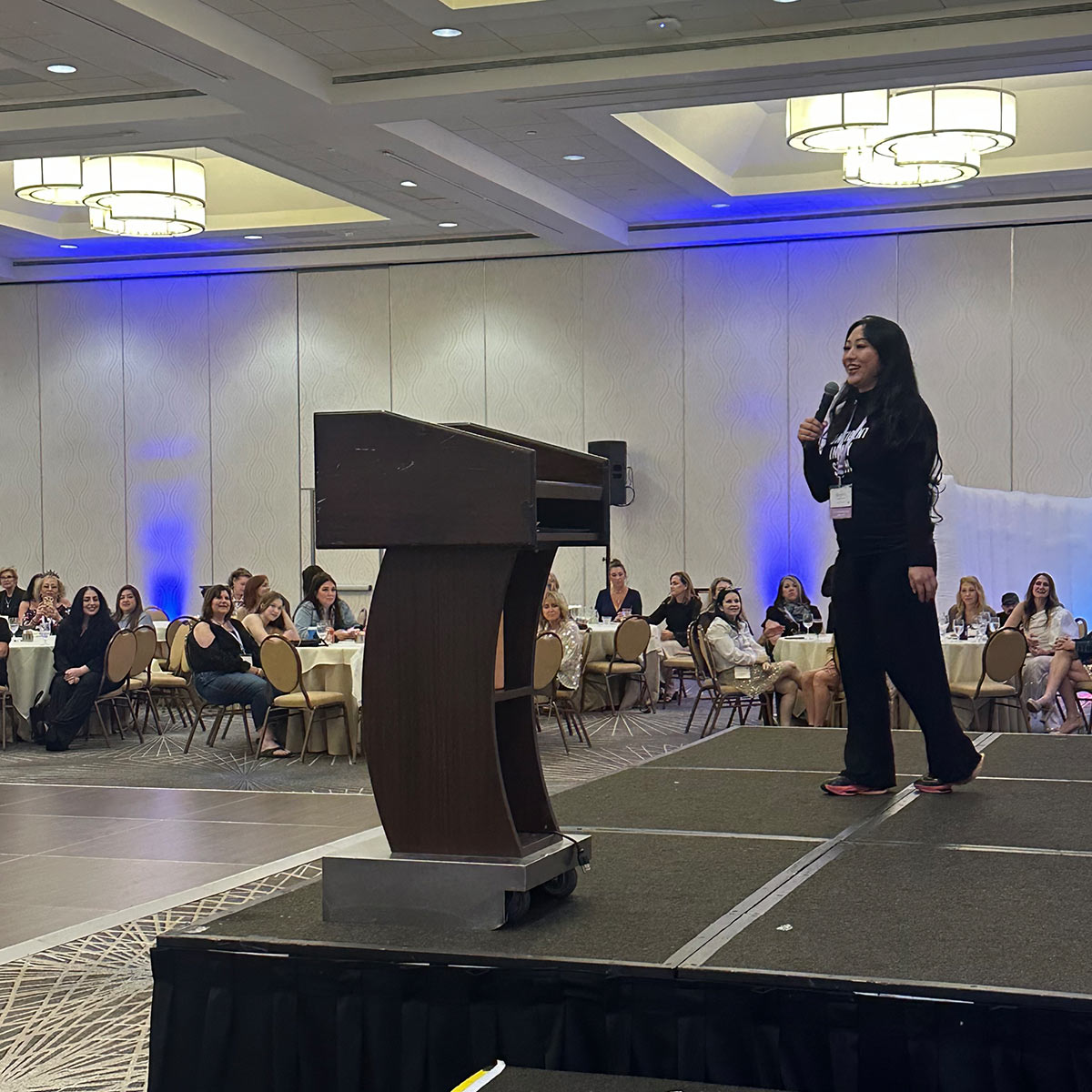
1 comment
Kshitish
I want high pigmentation cream
Leave a comment
All comments are moderated before being published.
This site is protected by hCaptcha and the hCaptcha Privacy Policy and Terms of Service apply.